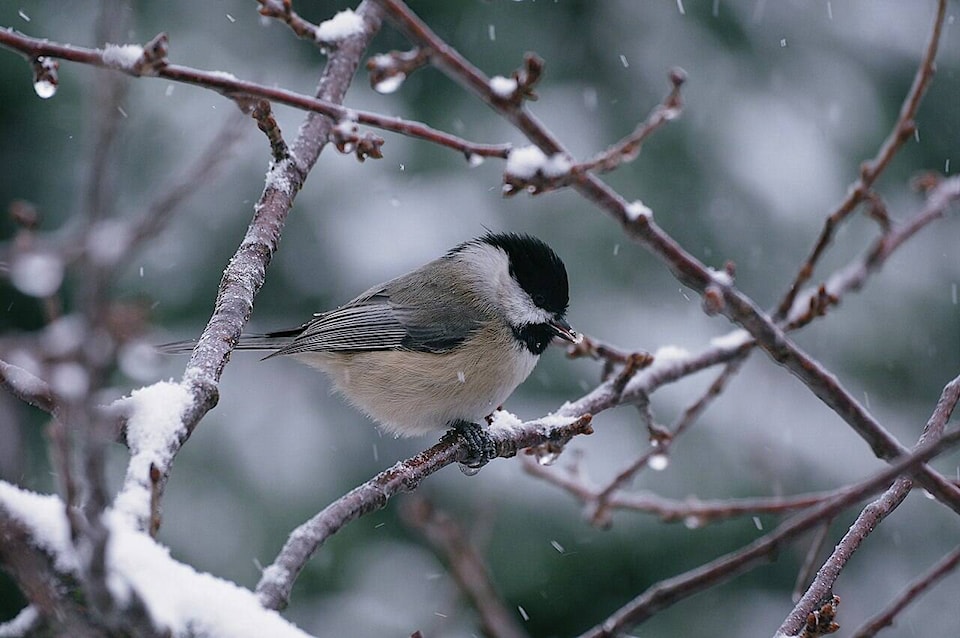Locals with a passion for birds have an opportunity to contribute to this year’s Christmas bird count.
The tradition is older than you might expect. The first Christmas bird count took place in 1900, conducted by the newly-created Audubon Society in the United States, as an alternative to the existing tradition of hunting birds. Since then, the yearly bird census has taken place all over North America.
This year, local Diane Weismiller is organizing the event in Terrace.
“I got involved many years ago,” said Weismiller. “Maybe 50 years.”
The count takes place all over Terrace, centred on the Northwest Regional Airport, and each volunteer will have their own particular area to count in, depending on their desire and ability to travel in the area. The airport was chosen as the center of the count area in 2011.
The census represents a rare opportunity for collaborative science. The Audubon Society has maintained its records since the 1970s, and the data gathered goes towards the study and tracking of all bird species in North America.
The study of animal populations becomes more and more important as climate change alters local weather patterns, and tracking these numbers is one of the ways biologists can keep an eye on how animal species are handling the change.
Some species are adjusting well here in B.C.; the chestnut-backed chickadee, for example, has seen an average population increase of 1.53 per cent every year. Others, like the horned lark, are less lucky: they have seen an average population reduction of 17.58 per cent every year.
Data gathered from the bird count may not be perfect, but it’s a valuable tool for conservationists. Audubon released a report in 2014 noting declines in 314 species of birds, which was used by the U.S. Environmental Protection Agency as a climate change indicator.
The main count day will take place on Dec. 27, but additional counting can happen any time between Dec. 24 and Dec. 30, as long as the details are all communicated to Weismiller, the area’s designated count compiler.
“It’s all volunteers,” said Weismiller. “Just people who live in the area who are interested in birds, and anyone can participate, they don’t have to be part of any group.”
She says that plain eyesight is fine, but binoculars or telescopes can be valuable tools to consider.
Those interested in the data collected and the results of their local counts can find the datasets here. They can also track broader map-based data here.
“Anybody who notices the birds is welcome to join in.”
Volunteers can contact Weismiller at dweismiller@telus.net to coordinate.
